It Works! Why You Should Try Neurofeedback
Posted on July 21, 2010 by Debra Burdick
In 1999 I added Neurofeedback Training to my psychotherapy practice and have been using it ever since to help clients improve how their brain regulates itself so they feel better, think better, and perform at their peak. I have helped my clients improve: depression, anxiety, panic attacks, sleep, ability to concentrate and sit still, grades, behavior, memory, ability to plan and organize, pain, migraines and much more. These are all symptoms of a brain that is not well regulated. I healed myself of Fibromyalgia and got my daughter off stimulant medications taken for ADHD. I know it works!
What is Neurofeedback?
Neurofeedback is a form of biofeedback that enables a person to change their brain waves. It is a learning strategy that can be thought of as exercise for the brain. Information (feedback) about a person’s brain wave characteristics is made available to the person via a computer. The person controls various computer games by learning to control their brainwaves. They play a video game without using their hands!
What is Neurofeedback used for?
Neurofeedback can help with many conditions in which the brain is not working as well as it might. These include Attention Deficit Hyperactivity Disorder (ADHD), learning disabilities, depression, anxiety, sleep disorders, chronic pain, migraines, memory, behavioral problems, addictions, traumatic and acquired brain injury, seizures, autism, PTSD, and much more.
How is Neurofeedback done?
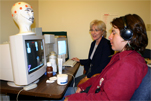 An initial assessment is done to gather as much information about how the brain is regulating itself as possible. This includes an initial interview to obtain a description of symptoms, health history, and family history. A Quantitative Electroencephalograph (QEEG) is often recorded. A QEEG is a classic EEG, reviewed by a Neurologist, and then compared to databases of normal brainwaves. A statistical analysis shows where the brain is and is not functioning normally electrically. Also, the Test of Variables of Attention (TOVA) is often administered to gather more information about how the brain is regulating itself. When the QEEG and TOVA are done again at the end of treatment the improvements in the brainwave patterns and functioning can be seen.
An initial assessment is done to gather as much information about how the brain is regulating itself as possible. This includes an initial interview to obtain a description of symptoms, health history, and family history. A Quantitative Electroencephalograph (QEEG) is often recorded. A QEEG is a classic EEG, reviewed by a Neurologist, and then compared to databases of normal brainwaves. A statistical analysis shows where the brain is and is not functioning normally electrically. Also, the Test of Variables of Attention (TOVA) is often administered to gather more information about how the brain is regulating itself. When the QEEG and TOVA are done again at the end of treatment the improvements in the brainwave patterns and functioning can be seen.
The Neurofeedback training is a painless, non-invasive procedure. One or more sensors are placed on the scalp and one on each ear. The brain waves are then displayed on a computer in an EEG video display as well as by means of a video game. The person operates the video game with his brain. As desirable brainwave activity increases the person is rewarded (given feedback) by seeing the video game moving faster, by scoring points, and hearing beeps. Gradually, the brain responds to the feedback that it is given and a “learning” of new brain wave patterns takes place. The new pattern is one which is closer to what is normally observed in individuals without such conditions or disabilities.
The original research was done at UCLA in the late 1960’s. Sensors were attached to the scalps of cats. When the cats increased the size of a particular brainwave they were rewarded with milk and chicken broth. Pretty soon they were producing tons of this brainwave!
What results do we obtain?
 In the case of ADHD, impulsivity, distractibility, and hyperactivity may all be reduced by training. Cognitive functioning may improve as well. In two clinical studies, an average IQ increase of 10 to 23 points was demonstrated. A person may increase their ability to control their behavior. For depression, there can be a gradual improvement in mood, and a reduction of effort fatigue. For anxiety and panic attacks, there is a gradual reduction in frequency and severity of anxiety episodes until the condition normalizes. For migraines, a lessening of frequency and intensity occurs. For addictions, one study reported a 50% relapse reduction. For TBI a gradual reduction in impairment is seen (memory, limb movement, seizures, etc).
In the case of ADHD, impulsivity, distractibility, and hyperactivity may all be reduced by training. Cognitive functioning may improve as well. In two clinical studies, an average IQ increase of 10 to 23 points was demonstrated. A person may increase their ability to control their behavior. For depression, there can be a gradual improvement in mood, and a reduction of effort fatigue. For anxiety and panic attacks, there is a gradual reduction in frequency and severity of anxiety episodes until the condition normalizes. For migraines, a lessening of frequency and intensity occurs. For addictions, one study reported a 50% relapse reduction. For TBI a gradual reduction in impairment is seen (memory, limb movement, seizures, etc).
How long does the training normally take?
Neurofeedback training is a learning process, and therefore results are seen gradually over time. For most conditions, initial progress can be seen within about ten sessions. Initial training goals may be met by twenty sessions. For some conditions, training is expected to take about forty sessions or even more in severe cases. Initially, sessions are done at least twice a week to reinforce the learning that is occurring in the brain. Although results can be obtained with once per week sessions, more total sessions are usually required than when done at least twice per week.
Is Neurofeedback effective?
Neurofeedback meets the clinical guidelines of the Academy of Child and Adolescent Psychiatric Clinics of North America for treatment of ADHD, seizure disorders, anxiety (including obsessive-compulsive disorder, generalized anxiety disorder, posttraumatic stress disorder, and phobias), depression, reading disabilities, and addictive disorders. The Journal of Neurotherapy (June 17, 2010) announced the publication of “A Position Paper on Neurofeedback for the Treatment of ADHD,” in which the authors demonstrate that Neurofeedback is a safe and efficacious treatment intervention for AD/HD, meeting a rating level of 5: Efficacious and Specific. It doesn’t get better than that.
 A survey of my own clients indicated that 93% of my clients who had done at least five Neurofeedback sessions reported improvement in their symptoms regardless of what their symptoms were. My clients have reported improvements in: concentration, memory, hyperactivity, impulsivity, distractibility, sleep, irritable bowel syndrome, fibromyalgia, pain, organization and planning, anxiety, panic attacks, agitation, irritability, depression, bipolar disorder, grades, social skills, trauma, reading, writing, limb movement, muscle spasms, cooperation, defiant behavior, tennis games, baseball games, addictions, and more. Neurofeedback works for all of these issues because it teaches the brain to regulate itself more effectively. Many of my clients have been able to avoid, reduce, or eliminate medications.
A survey of my own clients indicated that 93% of my clients who had done at least five Neurofeedback sessions reported improvement in their symptoms regardless of what their symptoms were. My clients have reported improvements in: concentration, memory, hyperactivity, impulsivity, distractibility, sleep, irritable bowel syndrome, fibromyalgia, pain, organization and planning, anxiety, panic attacks, agitation, irritability, depression, bipolar disorder, grades, social skills, trauma, reading, writing, limb movement, muscle spasms, cooperation, defiant behavior, tennis games, baseball games, addictions, and more. Neurofeedback works for all of these issues because it teaches the brain to regulate itself more effectively. Many of my clients have been able to avoid, reduce, or eliminate medications.
Give Neurofeedback a try. You will be in good company. Even performers, athletes, astronauts, and executives are using it to ensure they perform at their peak.
I would love to hear your personal experiences with this topic.
Categories: Acquired Brain Injury, ADHD, Anxiety, Articles, Autism, Depression, Neurofeedback, Pain, Psychotherapy, Sleep



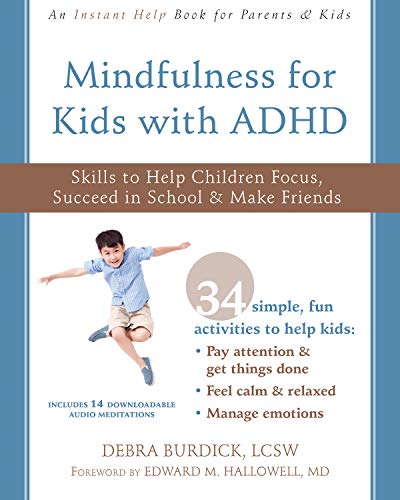
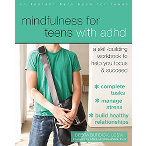
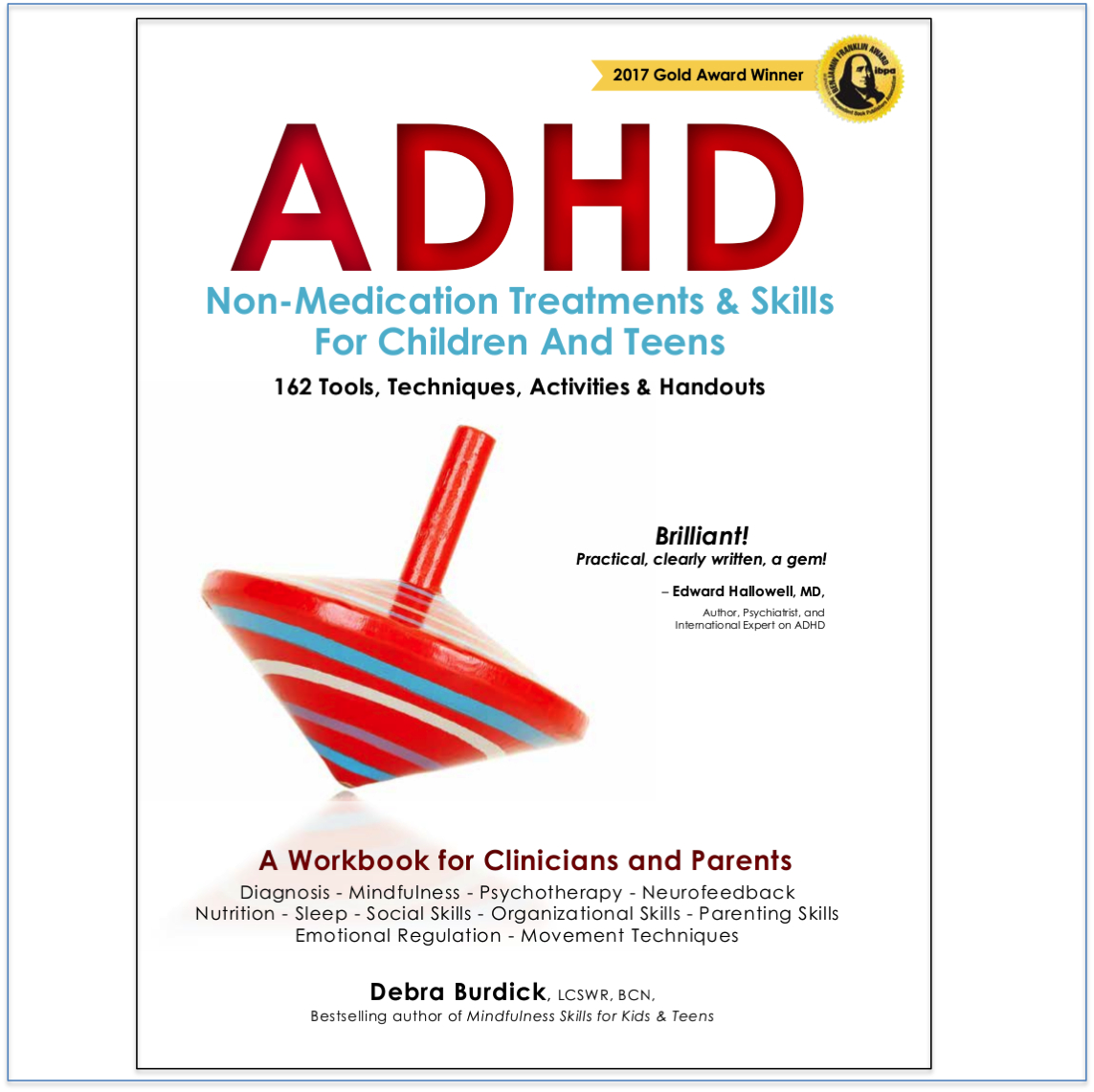
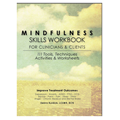


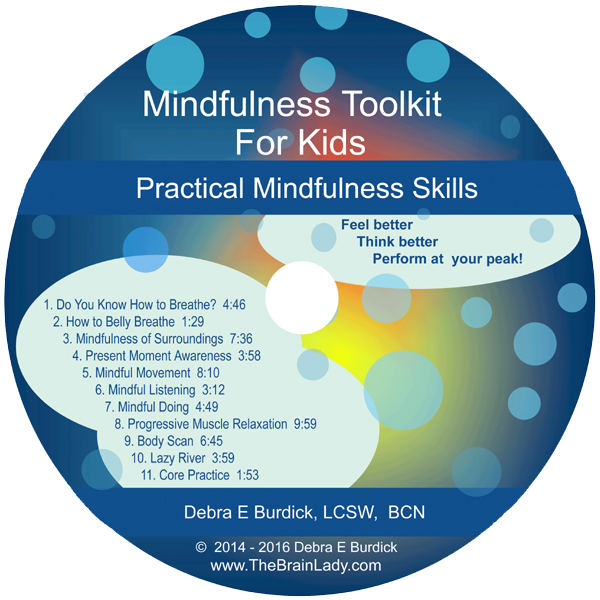
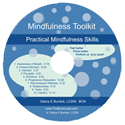
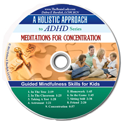
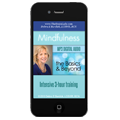

No comments yet. You should be kind and add one!
The comments are closed.